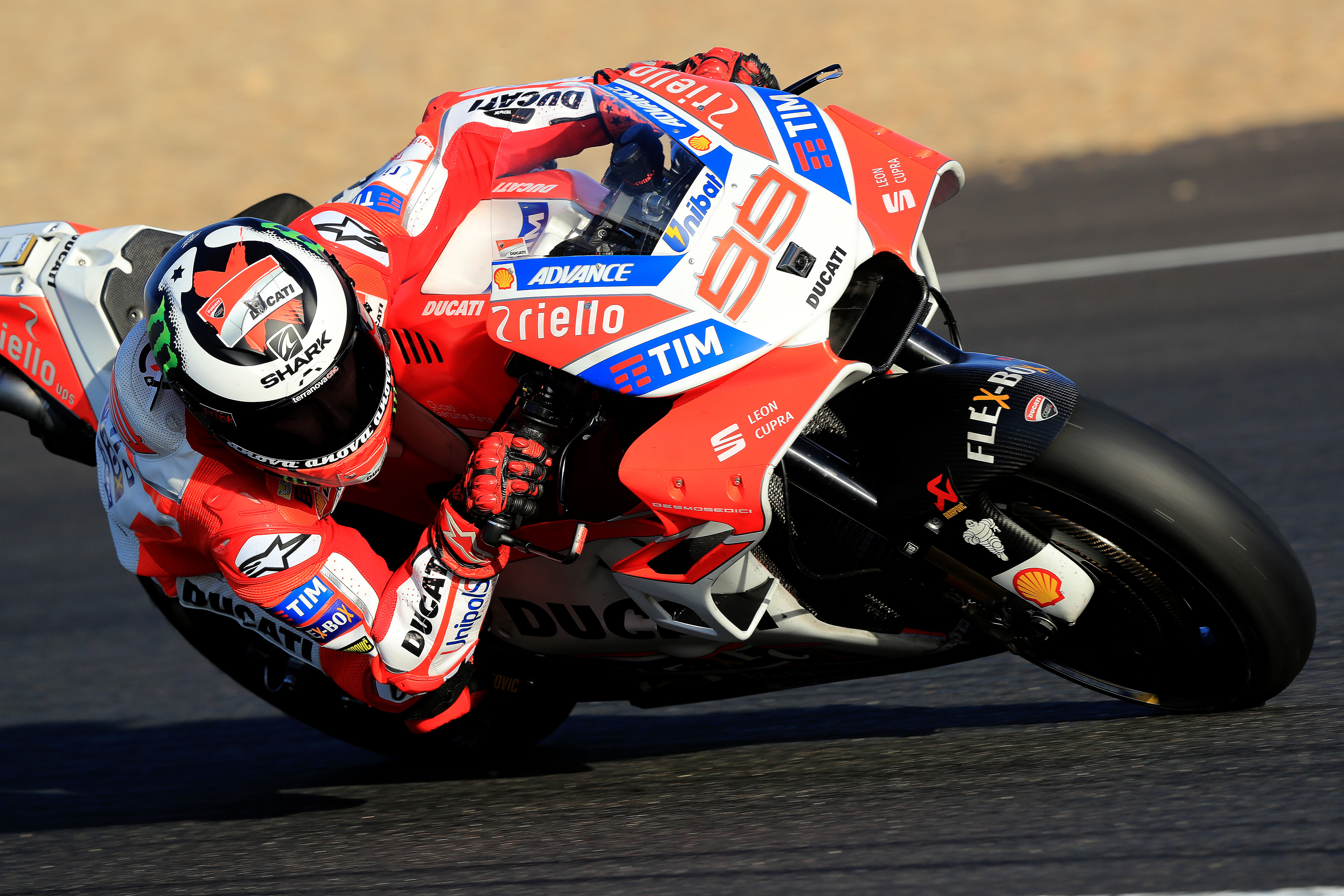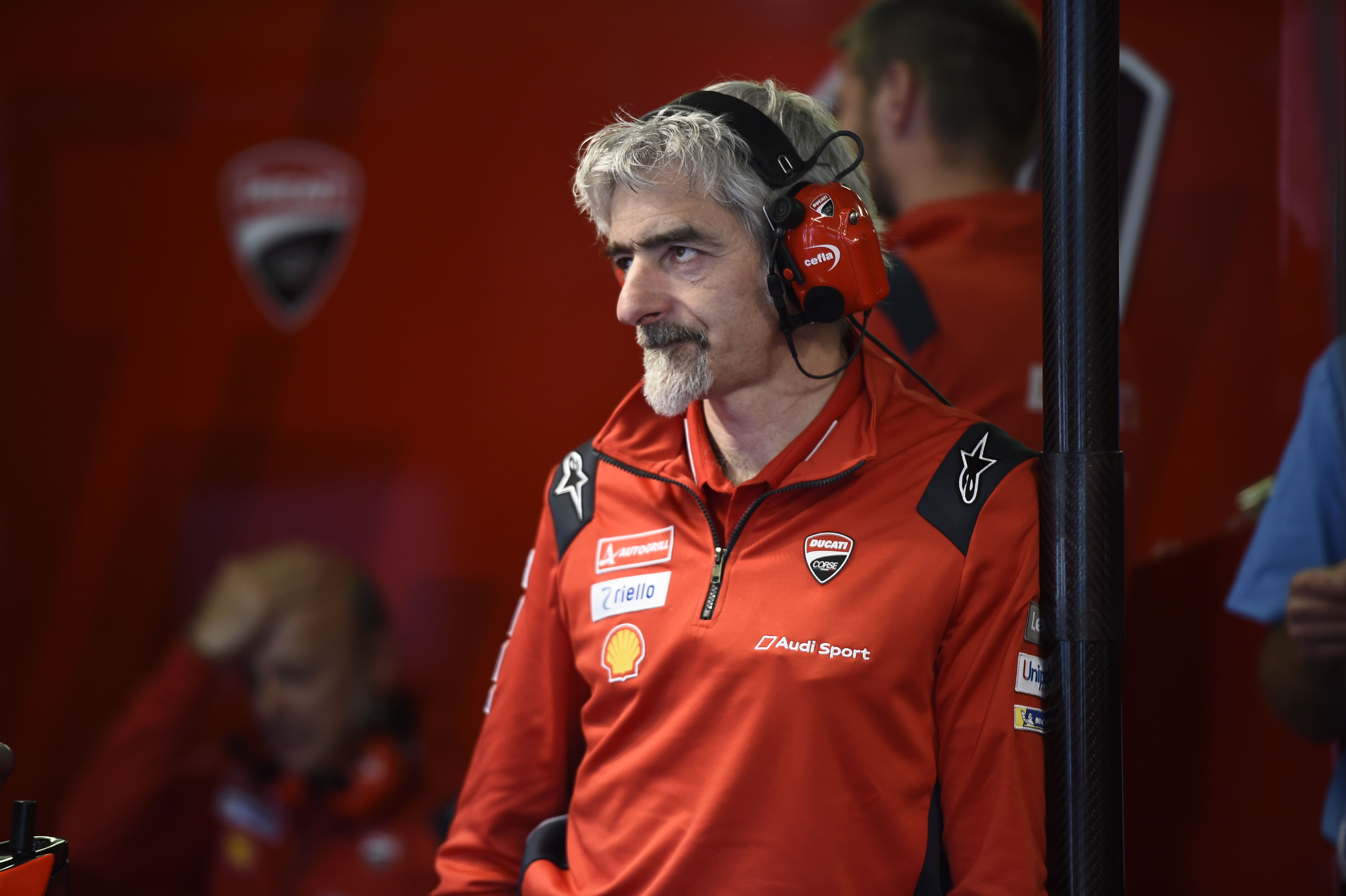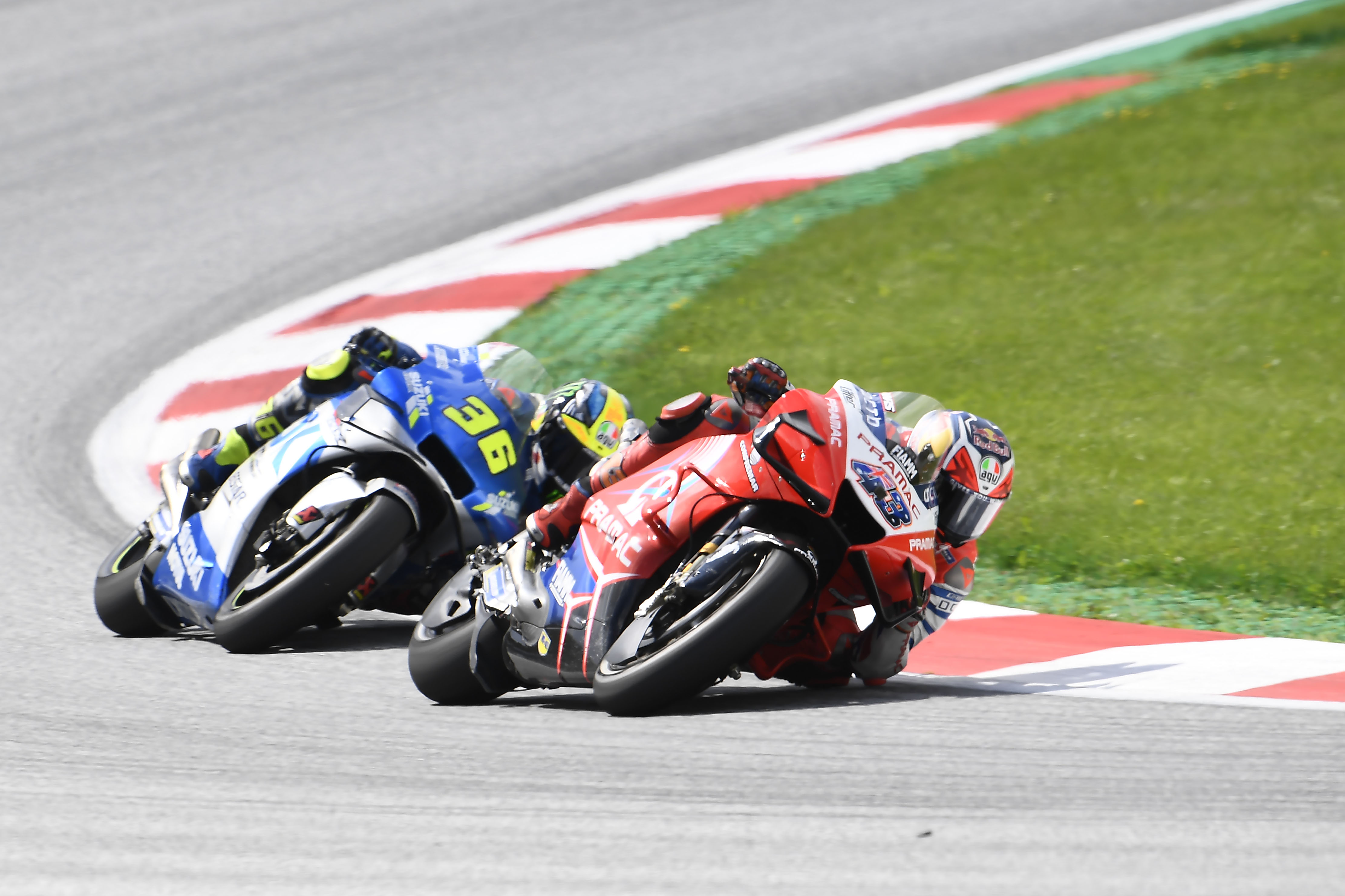On Saturday, just before qualifying for the Austrian Grand Prix at the Red Bull Ring, Andrea Dovizioso dropped the bombshell news that after eight years with Ducati, he would walk away from the Italian manufacturer at the end of the 2020 season.
While the news might have come as a huge surprise to many, the least-surprised people were probably Ducati’s senior management team – or at least, they should have been the least shocked, after showing their lack of confidence in Dovizioso last winter by launching a concerted effort to replace him with a younger, faster talent.
It’s a stunt that they’ve pulled before, too, drafting in Jorge Lorenzo for the 2017 season on a huge-money offer that left Dovizioso feeling second-rate at best and planted the seeds that would eventually lead to Sunday’s dramatic news.
Yet while there should have been a cautionary tale for Ducati in what happened when they signed five-time world champion Lorenzo, there’s perhaps an even bigger cautionary tale in what happened when he left that set the scene for the position Ducati currently finds itself in.
It was the way that Ducati split with Lorenzo that potentially spiked the punch when it came to its 2021 rider line-up, with the fallout from that deal still making life difficult for the Bologna team.
The already-rocky relationship between Ducati and Lorenzo took a dive in May 2018 when Ducati CEO and former racing boss Claudio Domenicali went on the attack with comments quickly construed by Lorenzo as being highly offensive.
 “Lorenzo is a great rider who has not succeeded in getting the best from our bike, a bike that has great strengths and some weaknesses,” said Domenicali at the time.
“Lorenzo is a great rider who has not succeeded in getting the best from our bike, a bike that has great strengths and some weaknesses,” said Domenicali at the time.
“Unfortunately neither he nor the technicians have managed to make the most of his talent. This is a bit of bitterness that remains.”
“I won’t comment on Domenicali’s remarks,” Lorenzo told the media only a few days later.
“I’ll only say that I’m not just a great rider, I’m a champion.”
That quote remained the five-time world champion’s social media bio line until well after his Ducati tenure ended.
Just to make the break-up even more toxic, Lorenzo demonstrated only days later what he had been saying all along after Ducati finally altered the bike the way he wanted. He won the next two races at Mugello and Barcelona – and promptly signed up for Repsol Honda.
But the fact that it took so long to make the fundamental changes to the bike he’d been asking for – until it was far too late – has been a fable to many in the paddock. Sure, Jorge Lorenzo is a perfectionist rider who needs a bike that’s just so to be fast, but that’s the job of the factory team to deliver.
Lorenzo isn’t even the first victim of it, with Casey Stoner previously perceiving that his treatment from Ducati was just as bad, coincidentally also prompting a Repsol Honda switch of his own (albeit a much more successful one than Lorenzo’s!).
He was quick to take to social media after the news of Dovizioso’s departure broke too, expressing his belief that nothing at all has changed despite the arrival of new technical boss Gigi Dall’Igna since his own departure.

“I think they need to realise at some point,” Stoner tweeted on Saturday, “that it’s the rider, not wind tunnels that get results, so listen to them..”
Dall’Igna might have been a large part of the problem that drove Dovi out, too. It’s no secret that the pair have had a terrible relationship since 2018, barely even speaking despite the veteran engineer being responsible for helping the rider defeat Marc Marquez on occasion.
The message of all three stories is simple: Ducati don’t treat race-winning riders the way they need to be treated. Riders have fragile egos, delicate constitutions and fiery temperaments, and they often need to be handled just so – something that seems to increase exponentially with talent.
And that’s why Ducati spent all winter asking – and the MotoGP grid spent all winter saying no.
First 2021 factory Yamaha pairing Fabio Quartararo and Maverick Viñales, then Suzuki duo Alex Rins and Joan Mir all added their names to the ‘thanks but no thanks’ pile.

As a result, Ducati is once again set to line up next season without anyone in their ranks who can realistically challenge Marc Marquez. Jack Miller is fast but inconsistent, and Pecco Bagnaia, likely to be launched into the factory squad earlier than anticipated, still has a lot of learning to do.
However, there is perhaps a light at the end of the tunnel for Ducati’s loyal tifosi with the news that the team is seriously starting to consider their long-term future.
Signing Moto3 sensation and fresh Moto2 race winner Jorge Martin to join the Pramac satellite squad and ensuring both Miller and Bagnaia are promoted into the factory team may mark the start of a new strategy where Ducati sets about making its own young talent rather than simply relying on poaching everyone else’s.





